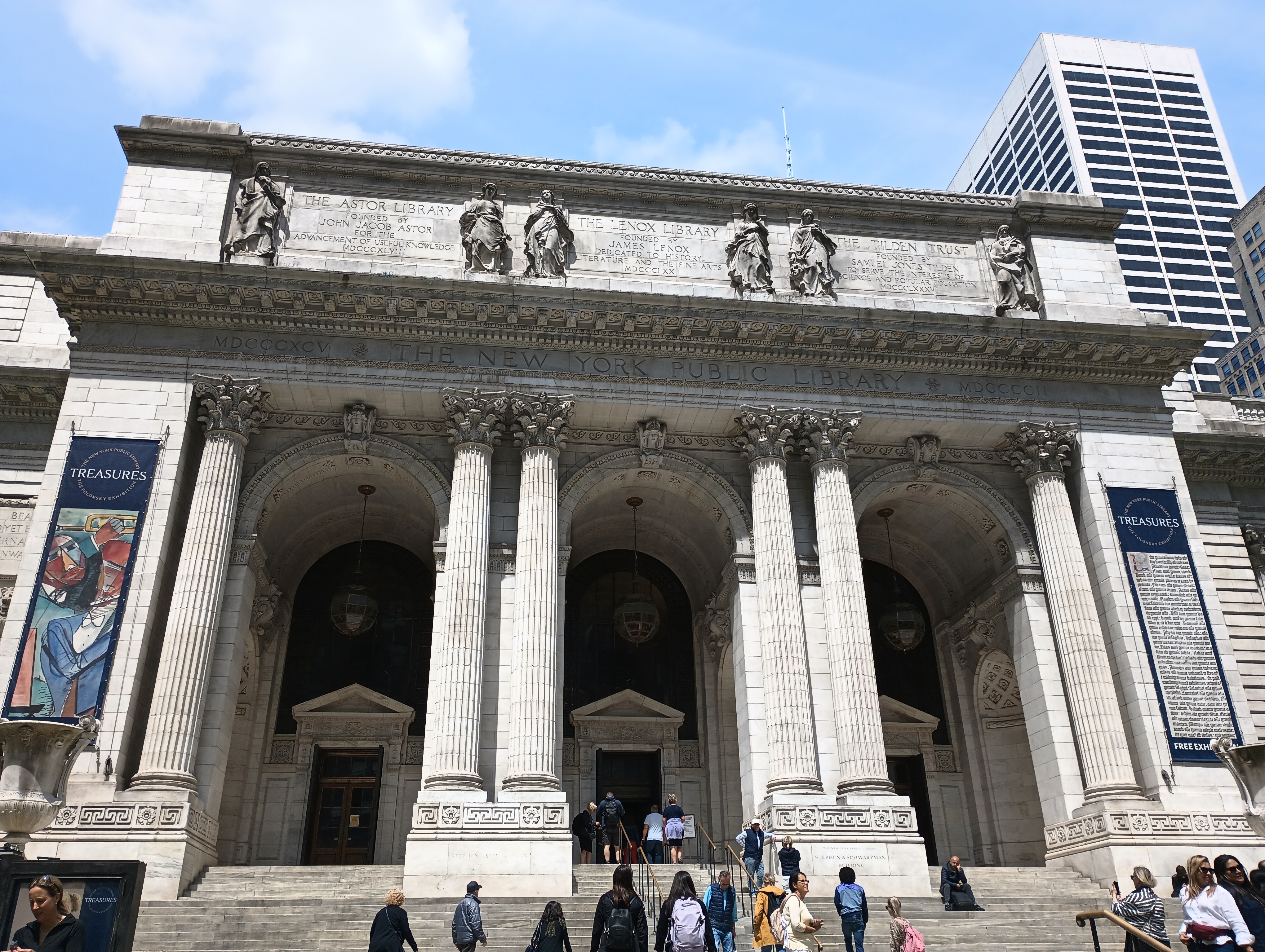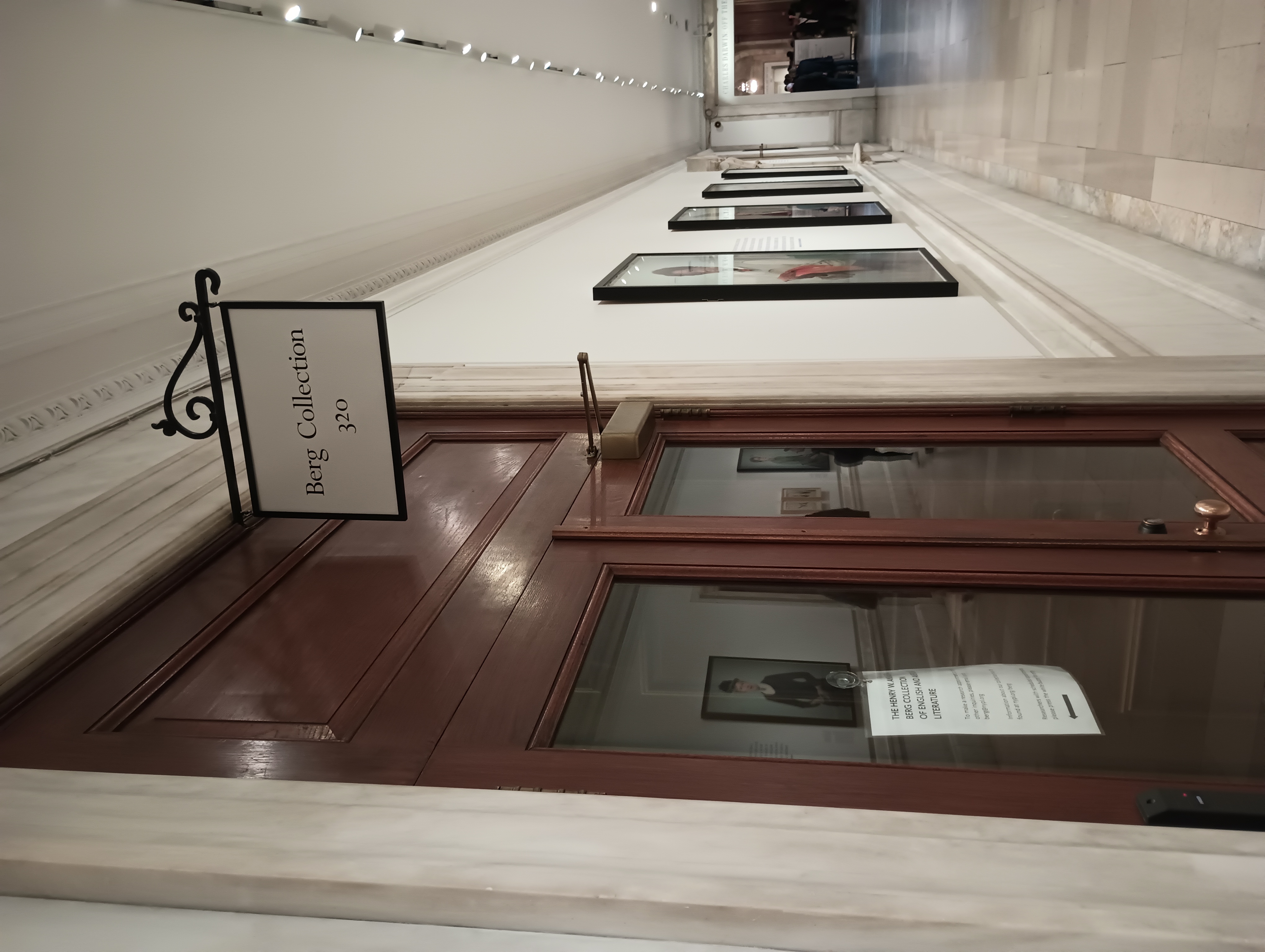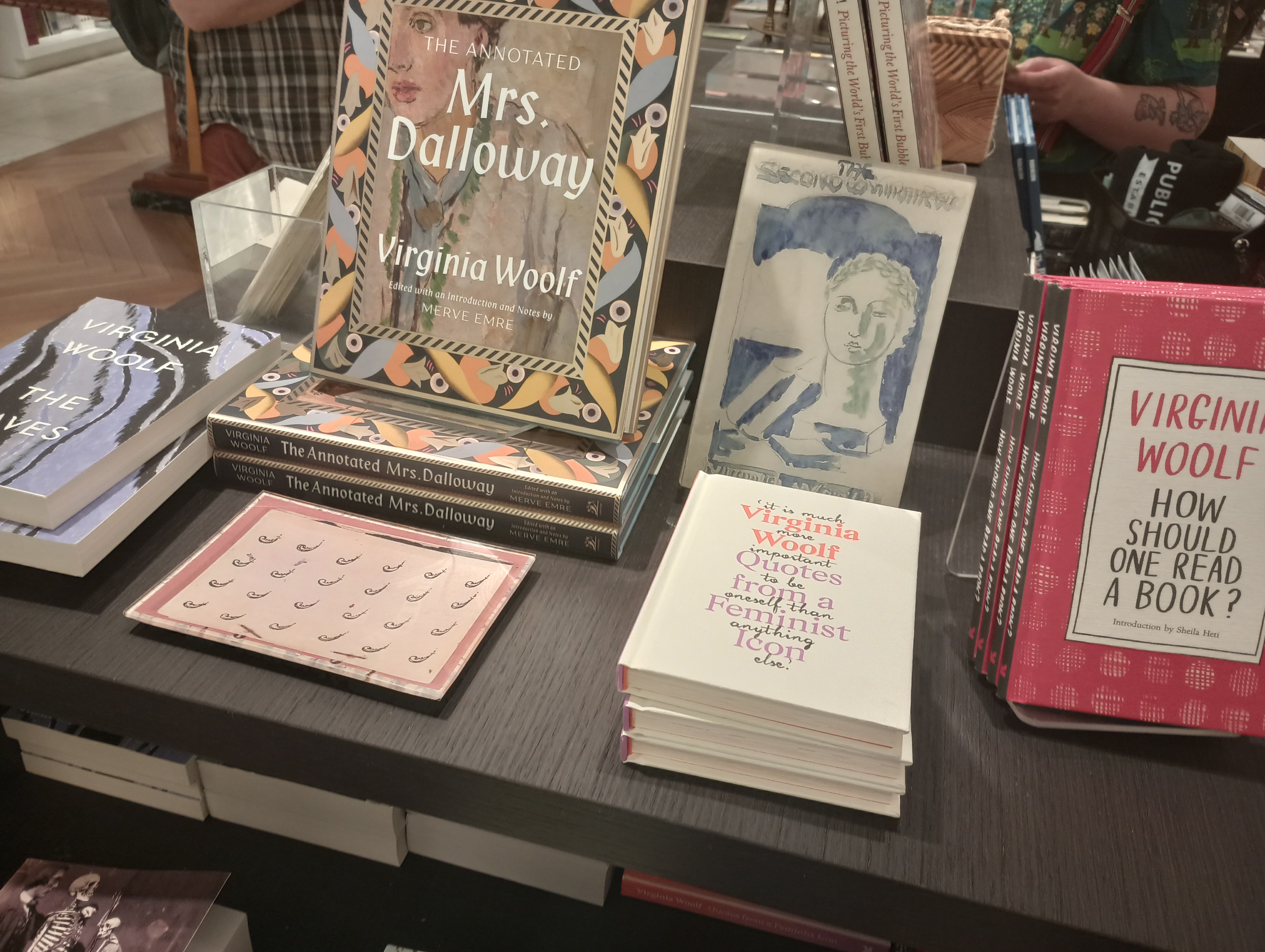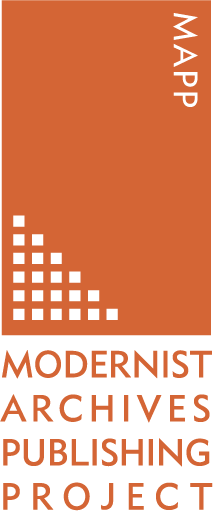
Earlier this year, I spent a whirlwind week in New York visiting the Berg Collection at the New York Public Library. My research assistant position with MAPP entails liaising with partner institutions like the Berg as well as various author and business estate holders (and getting to do some exciting travel and archival work to boot!).
Carolyn Vega, Curator of the Henry W. and Albert A. Berg Collection of English and American Literature at the New York Public Library, has been an integral partner in this process and her expertise helped me navigate a plethora of materials during my trip. After meeting Carolyn at the MAPP conference at the Harry Ransom Center in Austin, TX last year, it was great to finally get to NY and see the archive in person.

The Berg Collection at the iconic Stephen A. Schwarzman Building houses around 35,000 items. According to their website, the Berg contains “2,000 linear feet of literary archives and manuscripts, representing the work of more than 400 authors…from William Caxton’s 1480 edition of the Chronicles of England to the present day.”
I was tasked by the team at MAPP to view as many items as possible related to Virginia Woolf, the Hogarth Press, and other related publishers. Thanks to Carolyn and the archivist team at the Berg, I was able to see letters by T.S. Eliot, Stephen Spender, Laura Riding, William Plomer, and Edith Sitwell, as well as business correspondence between The Hogarth Press, Harcourt Brace and Company, The Fountain Press, and others.
I spent my first day with a bundle of correspondence between The Hogarth Press and Harcourt Brace. Spanning two decades, this correspondence reveals the relationships, negotiations, and (sometimes) disagreements among a web of publishers all connected through the writings of Virginia Woolf. The letters also offer a fascinating view of the challenges of trans-Atlantic publishing, from something as simple as letters and manuscripts becoming lost en route, to more complex changes in importation and tax law. For example, in an October 1931 letter to Leonard Woolf, Donald Brace expresses concern about a package containing Vanessa Bell’s dust jacket for The Waves which has not been delivered as expected. “[I]ts failure to arrive is making serious difficulties for us,” Brace writes, admitting that the US publication of The Waves will likely be delayed. In a postscript, however, Brace informs Woolf that the missing dust jacket has finally arrived.

The potential delay in publication could have had significant ramifications for copyright. In an earlier letter to Woolf, Brace explains that, according to English copyright law, the US edition must be published within fourteen days of the UK edition or the Woolfs will risk losing the copyright. A missing dust jacket then becomes a far larger issue about rights and royalties. Similarly, another letter from Brace to Woolf on 29 June 1936 details a new tax law in the US that would increase taxes for “non-resident aliens” from four to ten percent. In response to these changes, Brace tells Leonard that he is sending payment for Virginia’s latest novel before the increase takes effect.
The Harcourt Brace and Company letters contained in the Virginia Woolf collection of papers have now been digitized by the New York Public Library’s Permissions and Reproduction Services, and we look forward to making them available on the MAPP website as soon as possible. These items will expand the archive of Harcourt materials on the website, including the recently added collection from the University of Reading.
Currently, we are also seeking permissions from several estates to include more materials from the Berg on the MAPP website. We can happily announce that MAPP and Penguin Random House UK have now reached an agreement that will allow us to feature additional materials related to Leonard Woolf and other Hogarth employees. Check back soon for more updates!
I want to thank Carolyn Vega and everyone at the Berg for welcoming me into the reading room and assisting with the MAPP project. Thank you as well to Emma Davidson, Librarian II for the Berg Collection, for her assistance with metadata related to the newly digitized materials. I look forward to continued collaboration!





